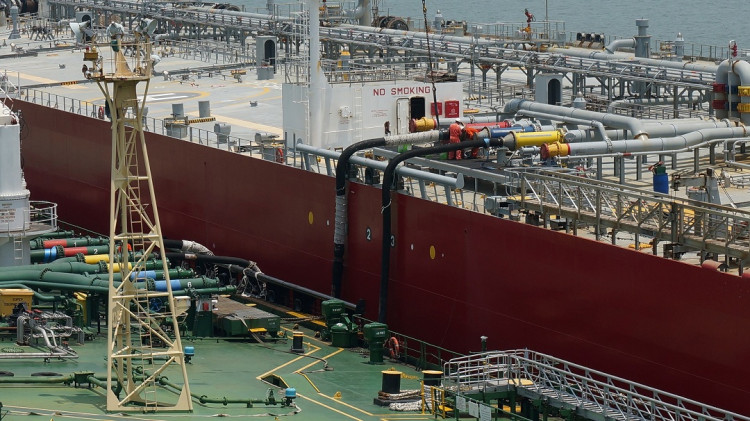Oil prices surged on Monday, driven by expectations of peak summer consumption and the continued impact of OPEC+ production cuts. Despite the upward trend, gains were tempered by increasing output from other producers and potential market volatility ahead of significant geopolitical events and elections. Brent crude futures rose by 69 cents, or 0.81%, reaching $85.69 a barrel, while U.S. West Texas Intermediate (WTI) crude futures increased by 59 cents, or 0.72%, to $82.13.
Both contracts experienced approximately a 6% increase in June, with Brent consistently trading above $85 per barrel in recent weeks. This rally follows OPEC and its allies' decision to extend deep oil output cuts well into 2025, leading analysts to predict supply deficits in the third quarter. As summer heats up, transportation and air-conditioning demands are expected to reduce fuel stockpiles further, supporting higher prices.
The Energy Information Administration (EIA) reported a rise in oil production and demand for major products to a four-month high in April, reinforcing the upward price momentum. "Demand indicators look solid, especially in the all-important U.S. market, and peak refinery demand for crude is now firmly in place and should last through August," JPMorgan analysts noted in a client report.
Investor attention is also focused on upcoming remarks from U.S. Federal Reserve Chair Jerome Powell on Tuesday, the minutes from the Fed's latest policy meeting on Wednesday, and the U.S. nonfarm payrolls data scheduled for release on Friday. Expectations of an interest rate cut by the Fed, alongside political tensions in Europe and the Middle East, have also contributed to sustaining oil prices. IG analyst Tony Sycamore mentioned in a note that rising political concerns between Israel and Lebanon's Hezbollah have kept a floor under prices.
Moreover, traders are monitoring the Atlantic hurricane season, which began with Hurricane Beryl on Sunday, for its potential impact on oil and gas production and consumption in the Americas. Panmure Gordon analyst Ashley Kelty highlighted the expected market volatility, stating, "Increased volatility is anticipated in wider markets this week as elections dominate the agenda in Europe and the UK, while in the U.S. concerns over President Biden's fitness for office, let alone re-election, is dominating the news."
In parallel, oil prices edged higher as traders evaluated China's economic outlook and geopolitical risks in Europe and the Middle East. Brent crude remained above $85 after nearly a 6% rise in the previous month, while WTI hovered around $82. A private gauge of China's manufacturing activity indicated expansion in June to the highest level in three years, contrasting with official data showing contraction and thereby creating a mixed outlook for the market.
Political developments in Europe also played a role, with Marine Le Pen's National Rally making significant gains in the first round of France's legislative elections, adding to regional political risk. Additionally, Israeli Prime Minister Benjamin Netanyahu's commitment to fighting Hamas until its elimination further exacerbated geopolitical tensions.
Despite the recent rally, U.S. futures have traded within a narrow range over the last two weeks. OPEC+ has stabilized prices by signaling that any plan to reintroduce barrels to the market will depend on market conditions. Last week, money managers increased their investments in U.S. crude futures, while key spreads remain in a bullish backwardation structure, indicating tight supplies.
Ole Hansen, head of commodities strategy at Saxo Bank AS, commented on the current market dynamics, "It looks like we will be carrying a little of momentum into the third quarter with the backwardation elevated and hedge funds loading up on longs for a third consecutive week. OPEC+ supply increase, or not, as well as geopolitics, China, and U.S. election potential key focus areas in the coming months."






